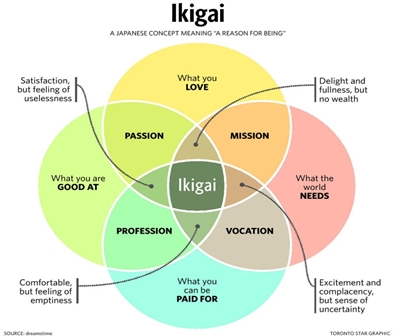Analytics, EU – Baltic States, Modern EU, Rating
International Internet Magazine. Baltic States news & analytics
Monday, 12.01.2026, 01:55
Nordic states lead in the Global “happiness index”
 Print version
Print versionThe World Happiness Report-2018 published by the U.N.
Sustainable Development Solutions Network ranks 156 countries by happiness
levels, based on six main “happiness factors”: GDP per capita, life expectancy,
social support, freedom to make life choices, generosity and level of corruption.
The
World Happiness Report was written by a group of independent experts acting in
their personal capacities; thus, views expressed in the report do not
necessarily reflect official opinion of any organization, agency or programme
of the United Nations.
About 6-7 thousand people were asked in the countries under
review.
Source:
http://worldhappiness.report/
According
to a Japanese concept, the happiness and “meaning of life” are rather
complicated notions (see table below). No doubt, the “happiness” shall be
treated accordingly, not just as a feeling of strictly personal satisfaction.

Report’s
migration issues
New annual report is generally devoted to connecting happiness
and well-being with the modern global challenge, i.e. immigrations’ issues.
Increasingly,
with globalisation, the people of the world are on the move; and most of these
migrants are seeking a happier life. Thus, the central issue in the World
Happiness Report-2018 is an analysis of what the migrants are striving for.
The
Report acknowledges that migrants are not the only people affected by their
decision to move. Two other major groups of people are affected by migration
too: a) those left behind in the area of origin, and b) those already living in
the area of destination. The Report assesses the happiness consequences of
migration for all groups: first for rural-urban migration within countries, and
then for international migration.
“Happiness”
situation in the Baltic States
Latvia ranks 53 on the list between Romania and Japan; Estonia
ranks 63 -between Bolivia and Paraguay and Lithuania is in the 50 ranks -between
Belize and Slovenia. Compared with the data from 2008, Latvia is one of the
best in positive changes of happiness’s indices.
“Other signal success stories, the
report notices, in countries with average life evaluation gains since
2008-2010, include Latvia and Bulgaria”.
All
the top countries in the report tend to have high values for all six of the key
variables that have been found to support well-being: income, healthy life
expectancy, social support, freedom, trust and generosity, to such a degree
that year to year changes in the top ranking are to be expected. (Report, p.41).
More
in: https://s3.amazonaws.com/happiness-report/2018/WHR_web.pdf
Urbanisation’s effect
Between
1990 and 2015 the fraction of people who live in towns rose from 30% to nearly
50%, and the numbers living in towns increased by over 1,5 billion people. A
part of this came from natural population growth within towns or from villages
becoming towns.
But
at least half of it came from net migration into the towns. In the more
developed parts of the world there was also some rural-urban migration, but
most of that had already happened before 1990.
Remarkable
consistency of results
John Helliwell, a co-editor of the World Happiness Report and
professor emeritus of economics at the University of British Columbia mentioned
a “most striking finding of the report”: i.e. the remarkable consistency
between the happiness of immigrants and those locally born. “Those who move to
happier countries gain, while those who move to less happy countries lose”,
said Mr. Helliwell.
Among
the best 20 countries in the 2018-Report are several EU states: 1. Finland; 2. Norway; 3. Denmark; 4. Iceland; 5. Switzerland; 6.
Netherlands; 9. Sweden; 12. Austria; 14. Ireland; 15. Germany;16. Belgium; 17.
Luxembourg and 19. United Kingdom.
France
is at 23 place and Spain at 36 (the US at 18 place and Russia at 59). pp.
20-21.
The
top 10 happiest countries are the same countries that were top-ranked in World
Happiness Report-2017, although there has been some swapping of places, as is
to be expected among countries so closely grouped in average scores.
The
top five countries are the same ones that held the top five positions in World
Happiness Report 2017, but Finland has vaulted from 5th place to the
top of the rankings in 2018.
The
significant gains and losses are very unevenly distributed across the world,
and sometimes also within continents. For example, in Western Europe there were
12 significant losses but only three significant gains. In Central and Eastern
Europe, by contrast, these results were reversed, with 13 significant gains
against two losses (Source, the Report, p. 26).








 «The Baltic Course» Is Sold and Stays in Business!
«The Baltic Course» Is Sold and Stays in Business!

